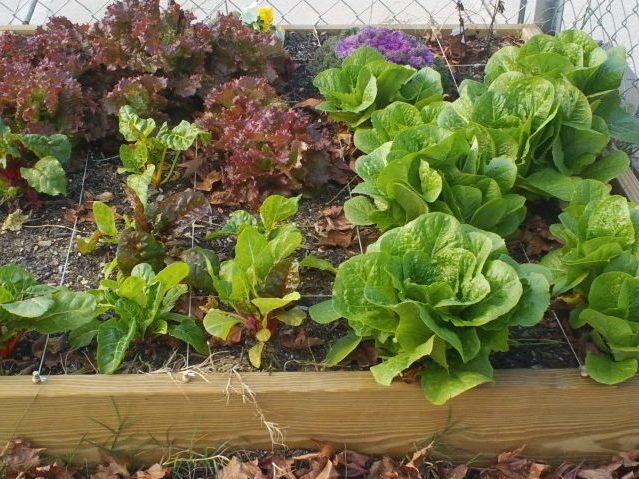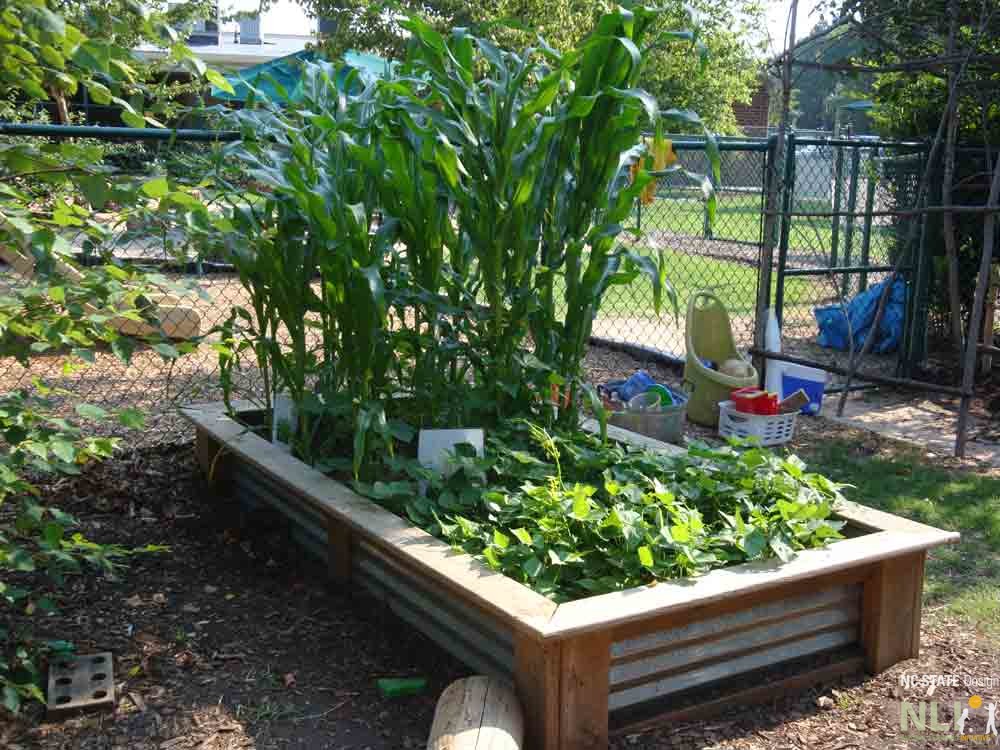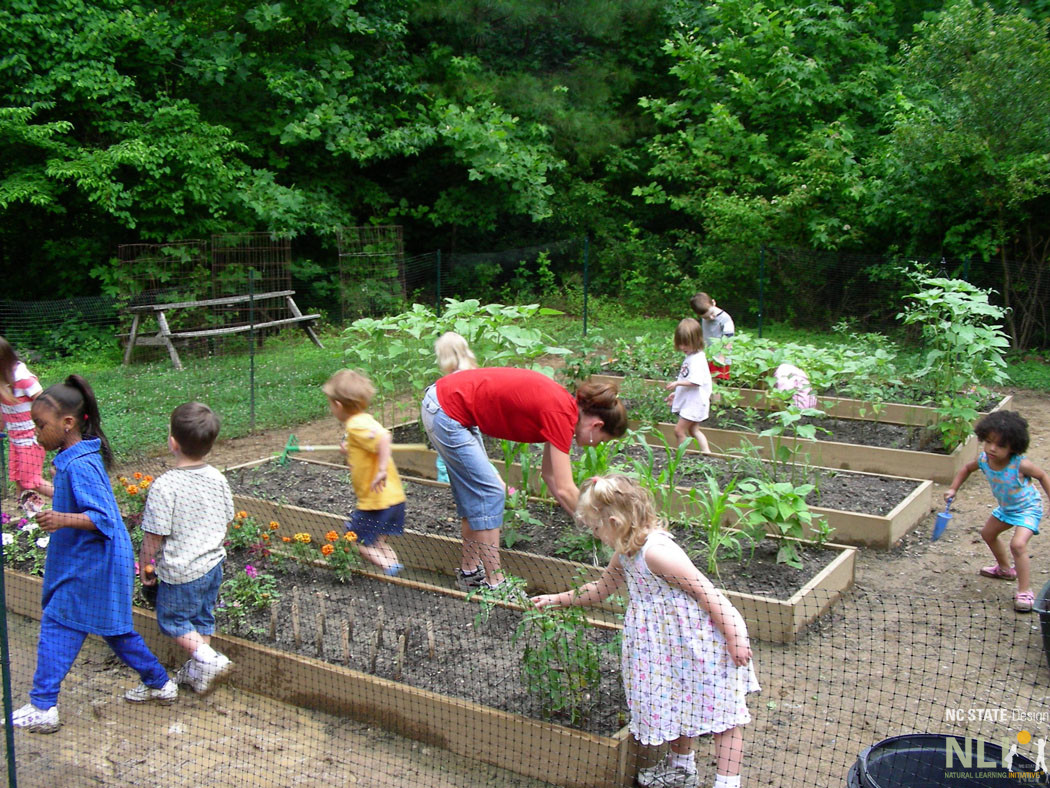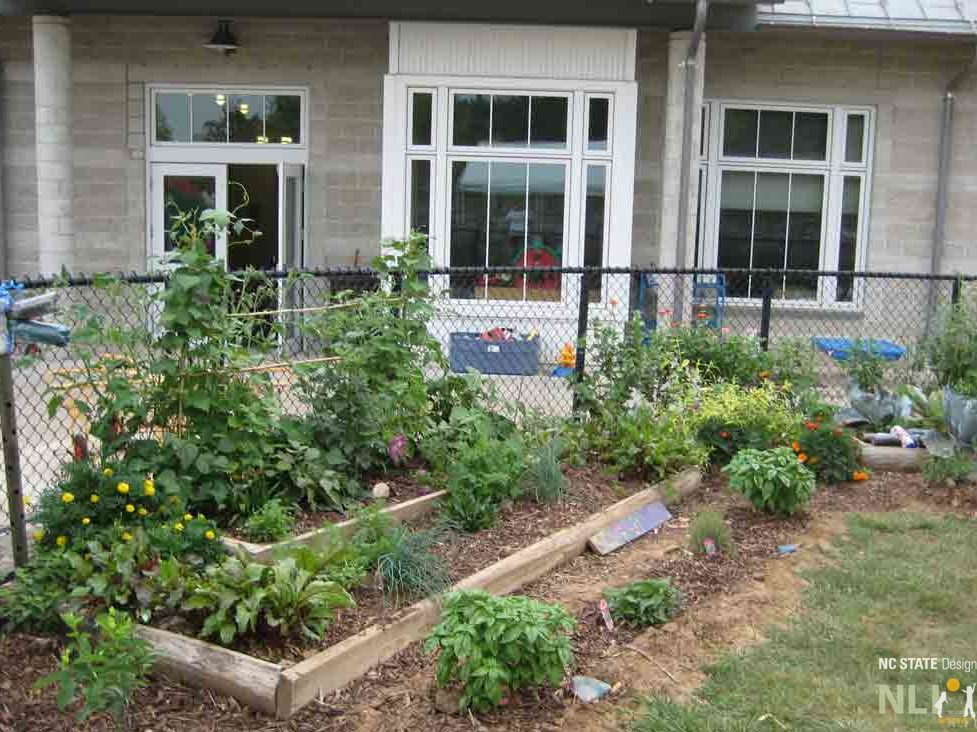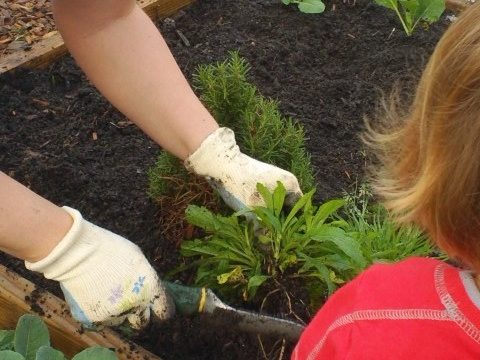The Green Desk
Children’s Vegetable Gardens: Introduction
How can we create a vegetable garden at our childcare center?
Gardening with children provides numerous opportunities for hands-on learning, inquiry, observation, and experimentation. Gardening also helps children build an understanding of and respect for nature and our environment. When children participate in growing edible plants, they are more motivated to taste, eat, and enjoy fruits and vegetables.
With some planning, you can design and install a garden that will suit the needs of the children and adults that will be using it. Dream big, start small, and have fun!
Location
Other things to consider:
- Proximity to a water source – the closer the better.
- Storage for garden tools, such as shovels, watering cans, etc. Locating your garden next to existing storage, or in a spot where you can accommodate new storage, is ideal.
Layout
Design tips:
- Keep beds narrow so that children can reach the middle of the bed from both sides (no more than 3-4 feet wide)
- Space garden beds far enough apart to allow room for children to walk between them (minimum of 2 feet)
To test the layout of your garden beds, you can lay a garden hose on the ground to mark the outline of the beds. Or, sprinkle flour on the ground in the shape of the bed you are imagining to see what will work in your space.
Construction
Another common option is to use raised beds. These are framed structures, typically 9 inches to 2 feet tall. Raised garden beds are fairly simple to construct and make it easy to get started gardening, regardless of the soil in your area. Use long-lasting materials such as cedar, redwood, or composite lumber, or choose brick or stone. Fill beds with good quality garden soil and compost (available at most garden centers or home improvement centers). Check out the Green Desk post on timber raised beds for additional information.
Benefits of raised beds:
- Better soil quality, since you aren’t relying on native soil, which may not be ideal for growing vegetables.
- Keep plants protected – less likely to be trampled by little feet.
- Longer growing season, since the soil in raised beds tends to warm up sooner in the spring. This allows you to plant your summer crops a few weeks sooner than if you were planting them in a traditional in-ground garden bed.
- Reduce weeds and lawn grass invasion.
Planting
To maximize your garden space, and to provide year-round learning opportunities, consider growing a spring, summer, and fall garden. For North Carolina residents, refer to the resources below for lists of warm and cool season vegetables, growing recommendations, and planting calendars. For those who live elsewhere, contact local cooperative extension agents or nurseries for planting time guides for your region.
Planting guidelines for North Carolina:
Central North Carolina Planting Calendar for Annual Vegetables, Fruits, and Herbs
Resources
Kids Garden! Hart, Avery, and Mantell, Paul. Williamson Publishing Company, 1996.
Be Healthy – Grow What You Eat. Albertson, A., Neill, K., Revels, E. North Carolina Cooperative Extension, February 2004.

